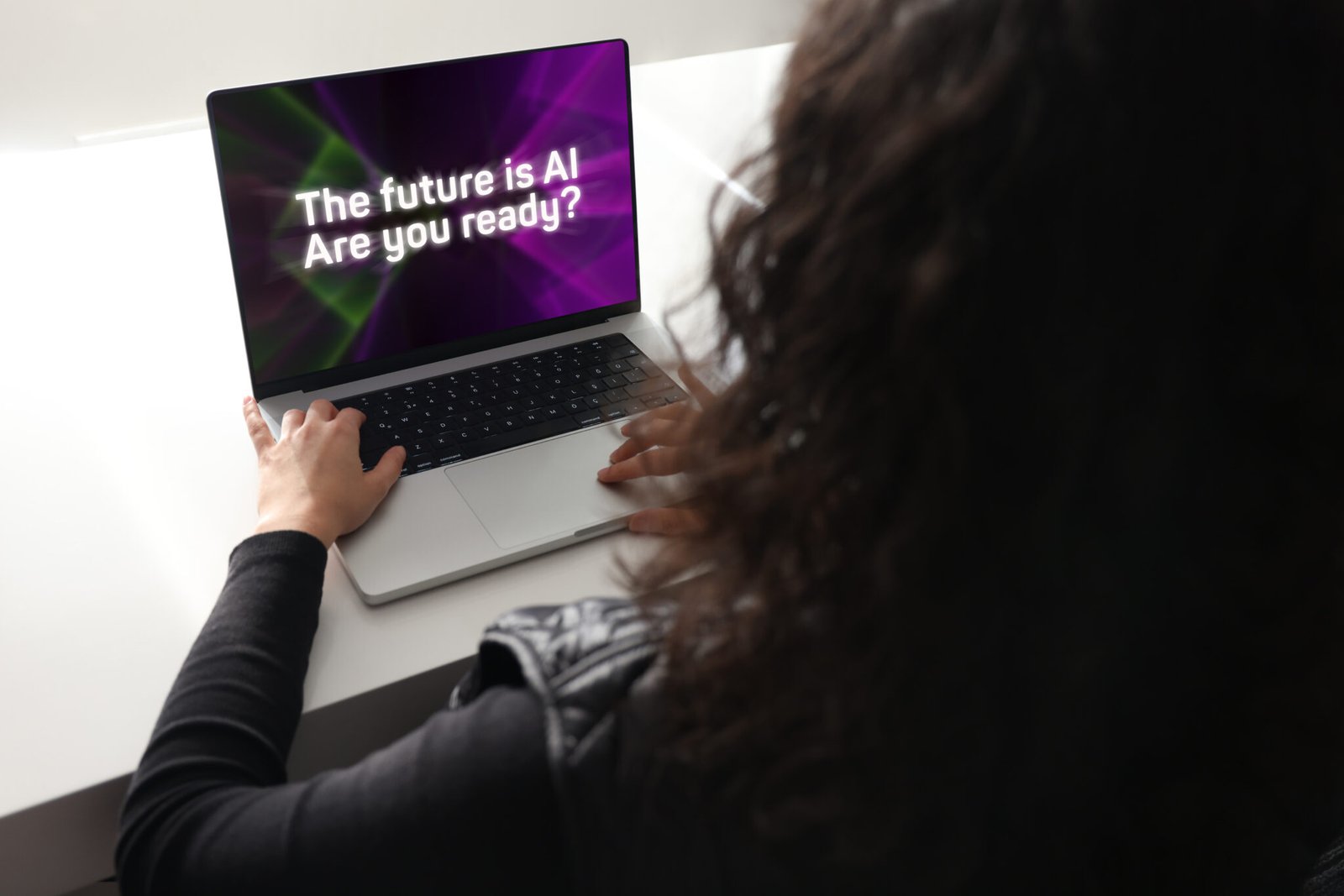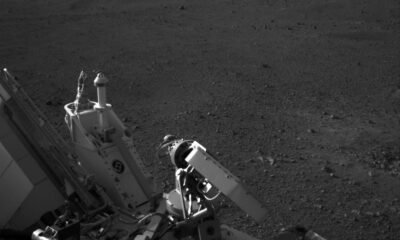arizona
As Technology Advances, Distinguishing Genuine AI from Marketing Hype Becomes More Challenging

At Stanford University, Jehangir Amjad presents an intriguing question to his students: Was the 1969 moon landing a manifestation of artificial intelligence? This notion might seem fanciful, yet Amjad argues that a deep understanding of AI’s history reveals essential connections to modern algorithms.
“Many algorithms contributing to the moon landing are indeed predecessors to today’s AI technologies,” said Amjad, who serves as a computer science lecturer and a technology executive in the Bay Area. He illustrates how defining “artificial intelligence” has become increasingly complex amid rapid advancements in the field.
Shifting perspectives on AI have led to confusion for consumers and tech professionals. The surge of companies promoting themselves as “AI-powered” has created market saturation. Swapnil Shinde, CEO of AI bookkeeping software Zeni, emphasized that many startups utilize AI technology only superficially. “It’s apparent from initial discussions if a startup is just packaging basic functionality as AI,” he noted, indicating that without substantial technology, such companies may struggle to survive.
Theresa Fesinstine, founder of the AI education firm peoplepower.ai, observed a competitive rush among businesses to adopt AI solutions since early 2023. In her workshops, she teaches organizations to navigate this evolving landscape. Fesinstine cautioned that companies may overstate their AI capabilities when marketing, sometimes equating simple automation with cutting-edge technology.
The nuances of AI claims can lead to perceptions of “AI washing,” where products exaggerate their capabilities. Ed Watal of consultancy firm Intellibus outlined this trend, noting that while predictive analytics might border on AI, true artificial intelligence involves systems capable of learning and adapting based on human inputs.
Watal warned against the misconception that AI can autonomously handle complex tasks, such as building functional websites. “While AI can generate code, executing that code requires additional infrastructure, which isn’t as simple as pushing a button,” he explained.
Amjad also highlighted a common pitfall within the AI landscape: the over-hyping of creative abilities attributed to AI. “AI tools excel in data sorting and pattern recognition,” he stated, “but the essence of originality remains a distinctly human trait.” He urged caution toward claims of AI-generated creativity, arguing that AI often regurgitates existing ideas rather than creating new ones.
This marketing frenzy and the resultant confusion with AI parallels earlier technological trends, such as the rise of “Web3” and the broad adoption of cloud technology. As with these previous phenomena, the true application and transformation of AI remain to be seen. Amjad expressed optimism about the technology’s potential while urging balanced expectations amid ongoing hype.
“Both the excitement and practical applications of AI are real,” he concluded. “Yet, we must remain vigilant against overzealous claims.” The evolution of artificial intelligence continues to captivate interest, promising further developments as it matures in understanding and capability.


















